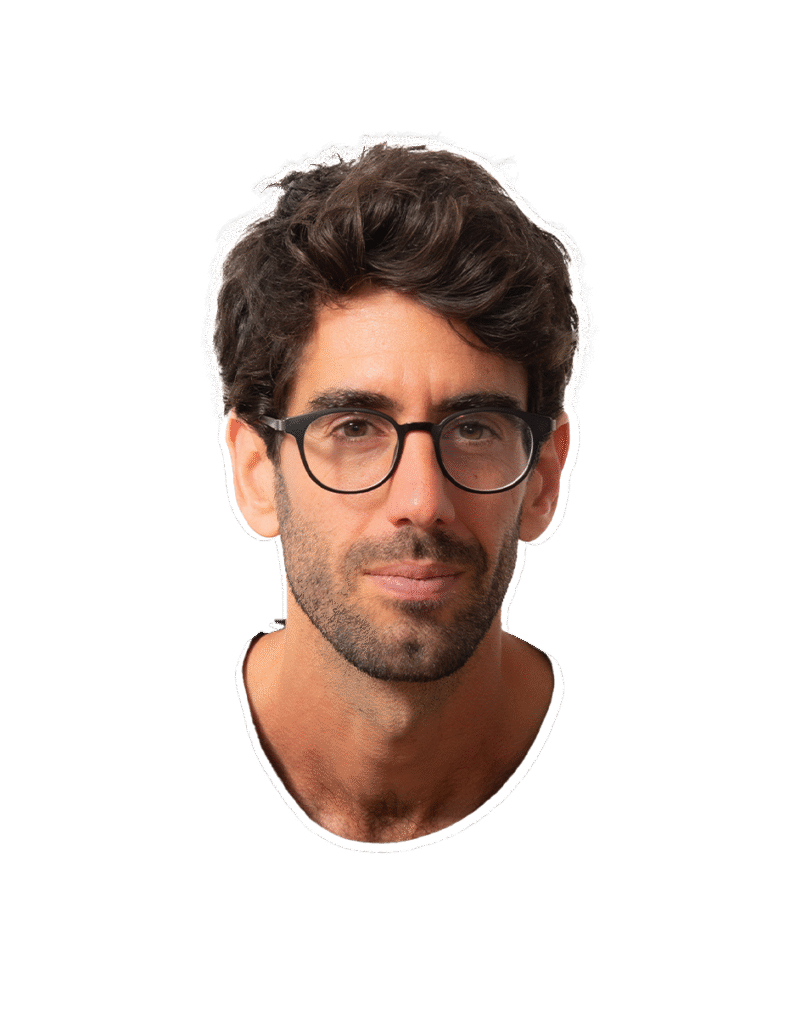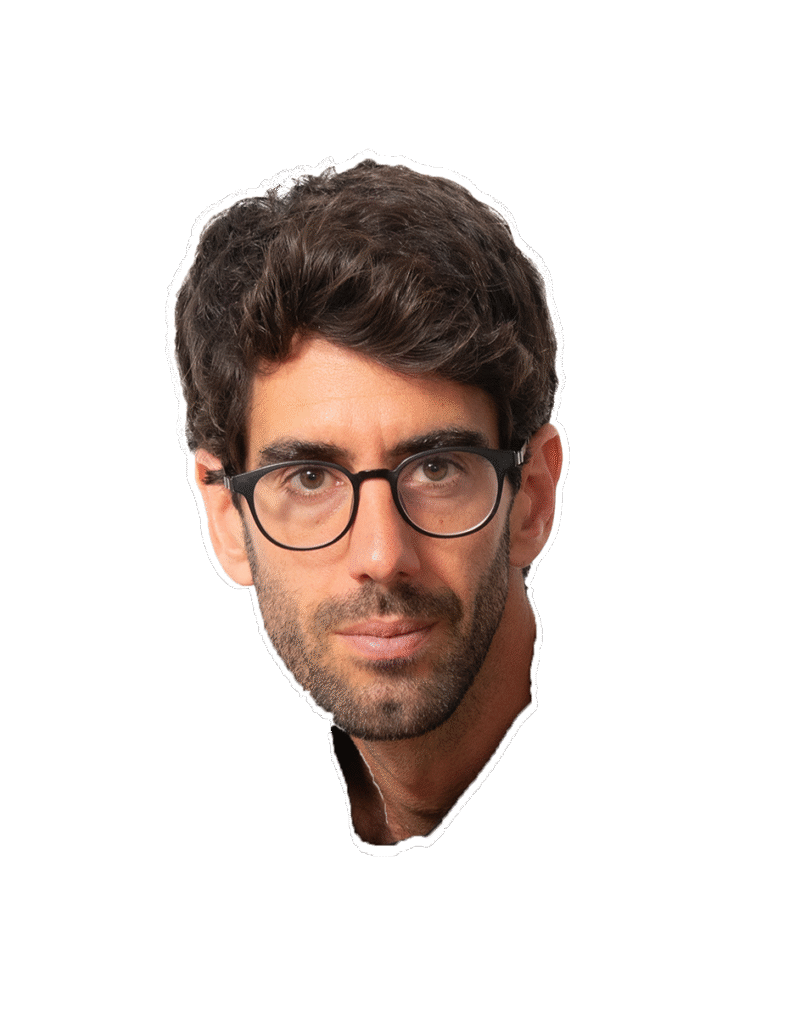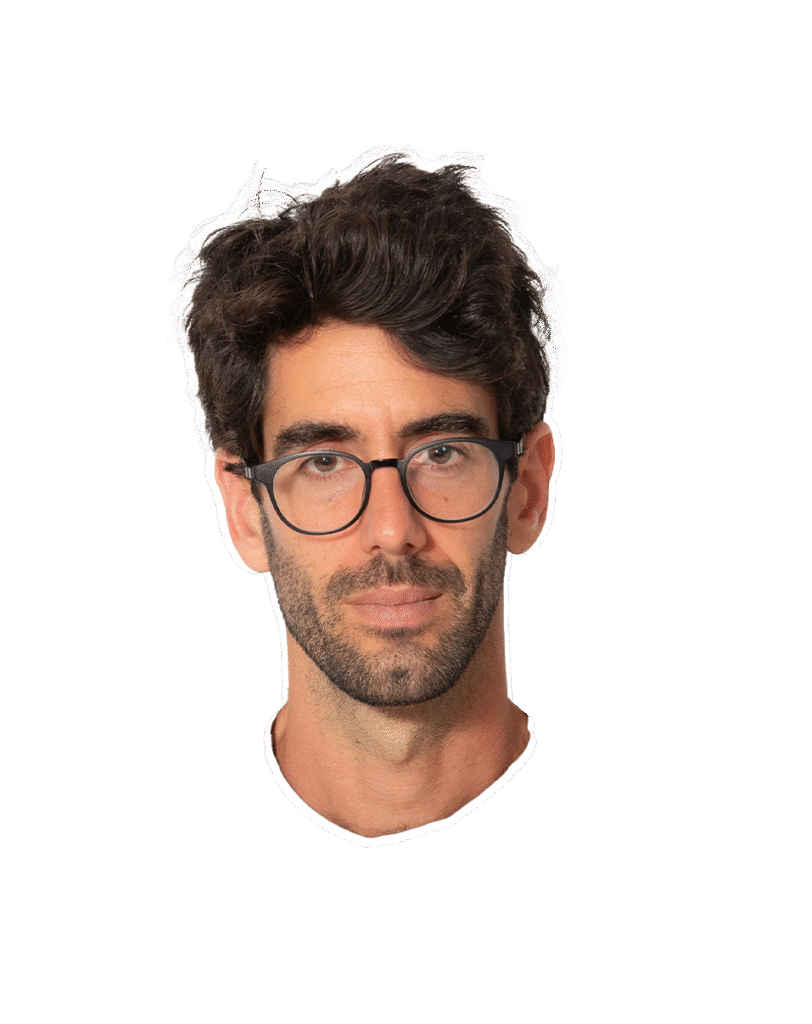
I used to be a reasonably sane, somewhat boring human being.
A decaf-latte type. Soft opinions. Cardigans in spring.
But then—I entered advertising.
And suddenly, the whisper began:
“Be bold, brave, and different.”
Like everyone else.
So I studied the uniform: all-black wardrobe, circle glasses, “creative” sneakers that cost 2x rent in the countryside.
I downloaded the dialect: Droga quotes, W+K worship, performative disdain for briefs (until the client calls).
I learned the ritual: the gravel-voiced manifesto, the slow-mo footage, the obligatory NGO spot no one asked for.
Within months… well, maybe years, I became one of them:
The Creative Class of Slightly Edgy Sameness™.
You know the vibe—sits on stools in panel talks, says “storytelling” like it’s sacred scripture, has at least one Medium piece titled “Creativity Needs a Reckoning.”
(Guilty. I wrote three. Still pitching the fourth.)
I mastered the cult choreography:
→ Arrive late, but ideologically.
→ Drag “mediocrity” while designing the same carousel for three FMCG clients.
→ Use “disruptive” to describe oat milk. Again.
They told us to be brave—but only in pre-approved, pastel-safe ways.
Say something “radical,” just not enough to spook procurement.
Push boundaries—until legal coughs.
Be rebellious—but backed by a 42-slide Keynote and a safety net of case studies.
And you start to wonder:
Are we creatives—or just content sommeliers, sniffing notes of disruption in the algorithm’s latest blend?
What once felt electric—risk, point of view, gut instinct—got rewired into compliance.
By pitch five, “breaking the mold” started to feel like buying it on subscription.
The industry didn’t want individuals.
It wanted a very specific kind of different—pre-approved, pitch-safe, Instagrammable.
What looked like rebellion was just onboarding.
We weren’t hired to invent.
We were hired to repackage.
To turn someone else’s bold into our version of safe.
By year three, I wasn’t making ideas.
I was crafting tributes—
homages to Cannes winners past, strung together with slightly edgier fonts.
A remix of last year’s disruption, with better lighting and a subtle touch of DE&I.
We didn’t break the mold.
We built a DTC store selling it in four neutral tones.
We drank the Kool-Aid.
And then rebranded it for Gen Z with a pastel palette and a paid influencer collab.
And the kicker?
It’s not that advertising rejects originality.
It just drags it through so many “alignment meetings” it ends up as a shampoo ad narrated by Morgan Freeman’s cousin.
The real enemy isn’t mediocrity.
It’s the performance of originality.
The illusion of individuality, printed in Helvetica across every glass wall:
“Be Bold. Be Brave. Be Exactly Like the Last Award-Winning Case Study.”
This system doesn’t kill creativity.
It replaces it—efficiently—with a “brave” idea that works across 14 formats and already has a paid media plan.
And that’s the true genius of advertising:
It tells you to stand out—while handing you the costume.
It gives you the mold and tells you it’s clay.
Sends you to Cannes, and you realize: everyone’s wearing the same jacket, quoting the same truths, chasing the same algorithm.
But it’s okay.
You’re not alone.
I’m The Average Adman.
And I’m here to help you fit in—within the different herd.
Let’s embrace our averageness.
Strategically, of course.
Let’s pretend to stand out—together.
Uniforms sold separately (here).
(Voiceover by gravel guy, obviously.)



